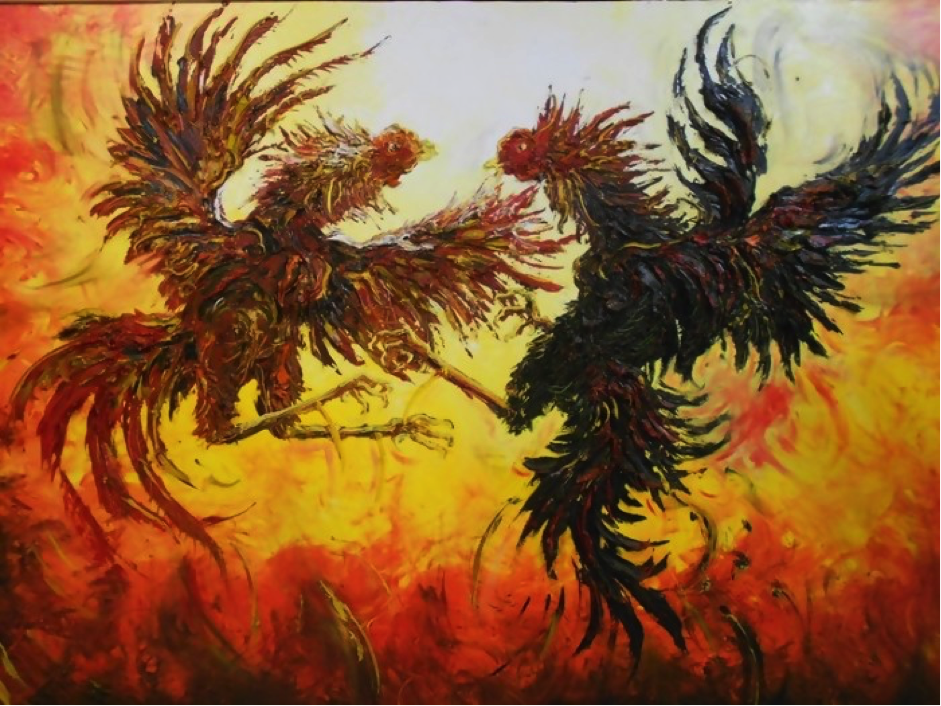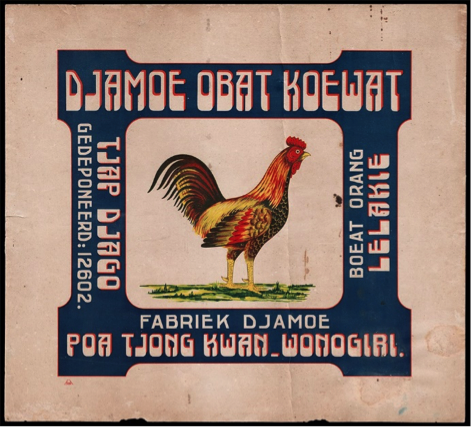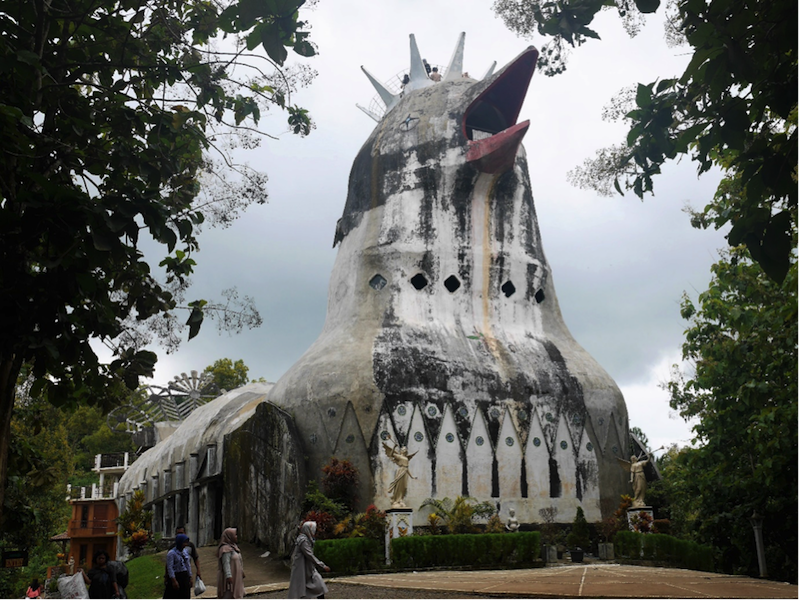The Chicken in Indonesian History and Culture
On Monday 20 July, the Indonesian National Natural History Museum in Bogor, which is located in the premises of the colonial Zoological and Botanical Museum on the grounds of the Botanical Gardens in Bogor, Indonesia, organized a symposium entitled Ethnobiological Perspectives on Indonesian Chickens (From History to Genetics). The museum is part of the Indonesian Institute of Sciences (LIPI). I shared the stage with two chicken geneticists: Prof Han Jian-Lin (Chinese Academy of Agricultural Sciences) and Dr. Hidayat Ashari (Research Centre for Biology, Indonesian Institute of Sciences), both co-authors of a path-breaking genetic research project on the origin of the chicken in Cell Research, which appeared on 20 July 2020).
Professor Hans Pols, PhD, School of History & Philosophy of Science University of Sydney.
Ayam kampung. Photo by author.
The red, green, grey and speckled jungle fowl have populated Southeast Asia since time immemorial, and chickens arrived soon after they had been domesticated somewhere in Southwest China, Laos, Myanmar and Thailand between 12,000 and 6,000 years ago. History has not been the same ever since, although it is not clear whether the chicken was domesticated for ritual purposes, for cockfights, for their eggs, or for their meat. Because chickens are not very mobile on their own, the dispersal of chickens across the globe is a good indication of human trade and migration patterns. The chicken is the most numerous bird on earth, there are an estimated 24 billion of them. The mundane village chicken (ayam kampung) is ubiquitous in Indonesia today, eating scraps wherever they find them. It has interbred extensively with all kinds of jungle fowl and is a hardy, adaptable and unique bird. Village chicken programs are currently sponsored all over the world, following the Indonesian example.
Chickens occupy an important place in Indonesian history and culture. The most famous article by American anthropologist Clifford Geertz, who spent several years in Indonesia, is entitled Deep Play: Notes on the Balinese Cockfight (1973). Geertz notes that the Indonesian word for rooster, jago, also means gangster, strongman, or thug. Gangs led by jagos have roamed the Indonesian countryside for centuries, making it unsafe for most. They played an essential role in the Indonesian revolution, as the Indonesian army was still small and in the process of being established. Cockfights, Geertz explains, are symbolic ways for jagos (gangsters) to demonstrate who has the strongest and most agile jago (cock, rooster). These cockfights attract widespread attention, even though the practice is officially frowned upon.
The famous Indonesian painter Affandi (who applied paint straight from the tube to the canvas, dispensing with paint brushes altogether) has produced numerous paintings with chickens, roosters, and cock fights. These paintings are very colourful and expressive, deftly expressing the fierceness of cockfights.
Sabung Ayam. Painting by Affandi.
“Strong” herbal medicine for men. Author’s collection.
Traditional Indonesian herbal medicine (jamu) is still very popular. One well-known brand is named Jamu Jago—rooster-brand herbal medicine. For men, “strong” medicine (obat kuat) is an all-time popular herbal concoction, which claims to enhance strength, stamina, and virility. It normally sports a rooster on its label. Its female equivalent, generally featuring a hen on its label, claims to enhance overall female attractiveness, sensuality, and at times, fertility.
Given the importance of chickens in Indonesian culture and life, it is no surprise that there is an impressive place of worship devoted to chickens (or the Chicken Goddess), the chicken church (gereja ayam) near Magelang. I am well aware that the person who built this magnificent building meant it to resemble a dove. It is nevertheless affectionately called “chicken church” by the people in the area, correcting an important error in the builder’s original conceptions. It is open to people of all faiths to worship.
The chicken church (gereja ayam) near Magelang. Photo by author.







